asNeeded
Type of resources
Available actions
Topics
INSPIRE themes
Keywords
Contact for the resource
Provided by
Years
Formats
Representation types
Update frequencies
status
Service types
Scale
Resolution
-
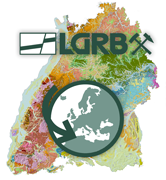
This Downloadservice contains point locations of near-surface mineral raw material occurrences and mining sites in Baden-Württemberg (BW), which is one of 16 states of the Federal Republic of Germany. The information is harmonized according to the specifications of the MIN4EU database model as part of the Mintell4EU project. BW is rich in near-surface mineral raw materials. The most important are 1) Quaternary sands and gravels (Upper Rhine Graben Valley and glacial sediments of Upper Swabia), 2) Paleozoic rocks (mainly metamorphic rocks and granites, minor Permian volcanic rocks) in the Black Forest and the Odenwald, and 3) Middle Triassic (Southwest German scarplands) and Upper Jurassic (Swabian Alb) limestones. The deep-lying raw materials (various gangue ores, barite, fluorite, uranium ores), which were mined mainly in the Black Forest, are currently of no importance, with the exception of the still ongoing extraction of barite and fluorite in the Clara mine. In the future, some deposits could regain importance as raw material prices rise. Almost 100 million tons of mostly near-surface mineral raw materials are extracted annually in BW in currently about 500 mining sites (survey year: 2017). The annual raw material consumption is approx. 9 tons/inhabitant. At the beginning of the 2000s, there were still around 630 mining sites. This decline is due to both concentration processes and depletion of deposits. Since the end of the 1980ies the geological, areal and production data of operating mining sites have been collected systematically by LGRB. They are the basis for the periodic raw material report edited by LGRB and for the calculation of the need of mineral raw materials. Manly these pits, beside some important historic mines, are shown in the layer "MIN4EU LGRB-BW: mining sites - harmonized dataset". Another important task of the LGRB is to advise the regional planning authorities on securing mineral raw material supply. Beside the calculation of the need of mineral raw materials supply for the two planning periods (2 x 15 or 2x 20 years), the knowledge of mineral occurrences of proven or estimated economic value is important. After some preliminary stages, the LGRB is producing the Map of Mineral Resources in Baden-Württemberg 1 : 50,000 (KMR 50) as a basis and planning map for this purpose. On it, the distribution of near-surface mineral raw material prospects and occurrences (mainly) and deposits (subordinate) is shown. This continuously completed and updated map currently covers actually around 60% of the federal state. These occurrences are the topic of the second layer theme "MIN4EU LGRB-BW: near-surface mineral raw material occurrences - harmonized dataset".
-

Der Bebauungsplan (verbindlicher Bauleitplan) wird aus dem Flächennutzungsplan entwickelt. In ihm werden die Darstellungen des Flächennutzungsplanes parzellenscharf konkretisiert. Bspw. kann aus einer im Flächennutzungsplan dargestellten Wohnbaufläche sowohl ein reines als auch ein allgemeines Wohngebiet entwickelt werden. Der Bebauungsplan beinhaltet die rechtsverbindlichen Festsetzungen für die städtebauliche Ordnung und schafft damit die Voraussetzungen für die Bebaubarkeit von Grundstücken. Diese Festsetzungsmöglichkeiten sind abschließend im Baugesetzbuch geregelt und können nur aus städtebaulichen Gründen angewandt werden. Bebauungsplan Nr. 3 / 12 Albstadt Burgfelden
-
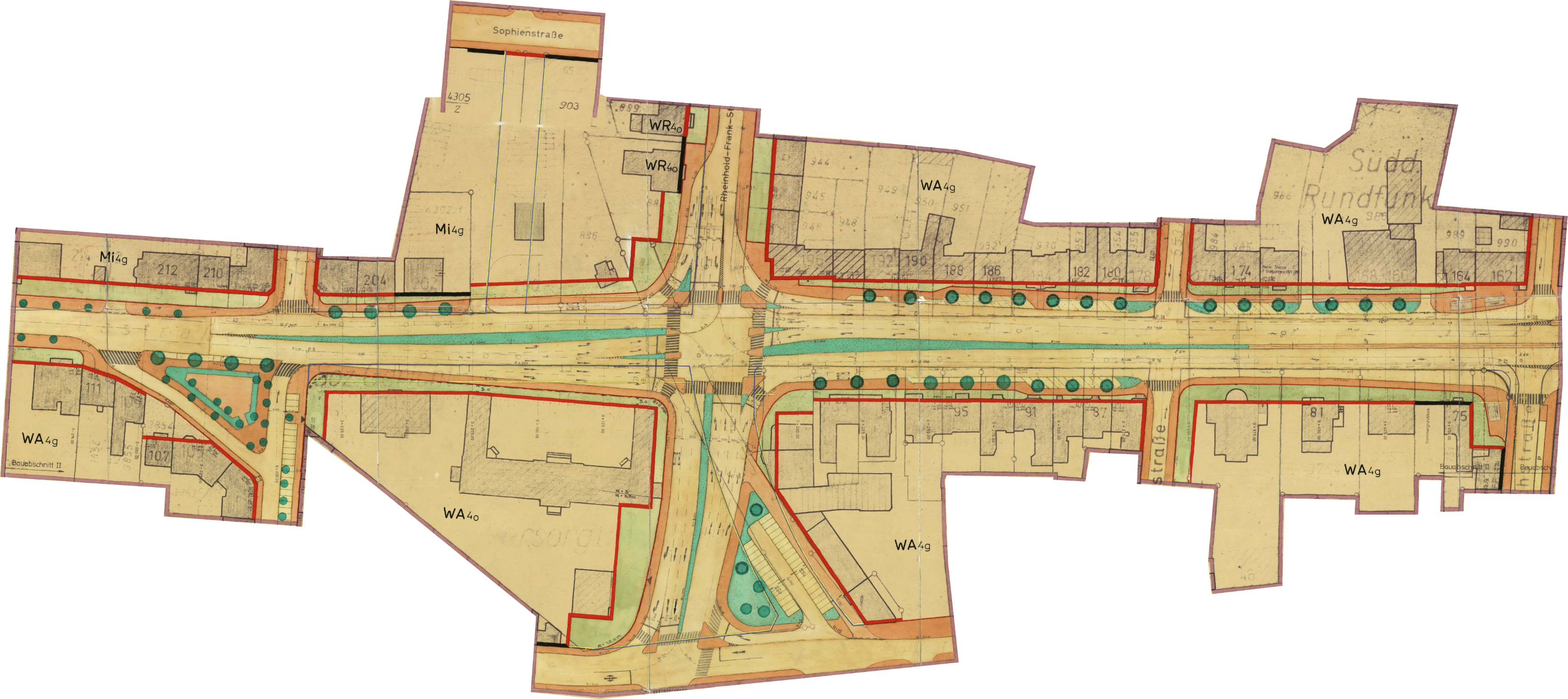
Der Bebauungsplan enthält die rechtsverbindlichen Festsetzungen für die städtebauliche Ordnung.
-
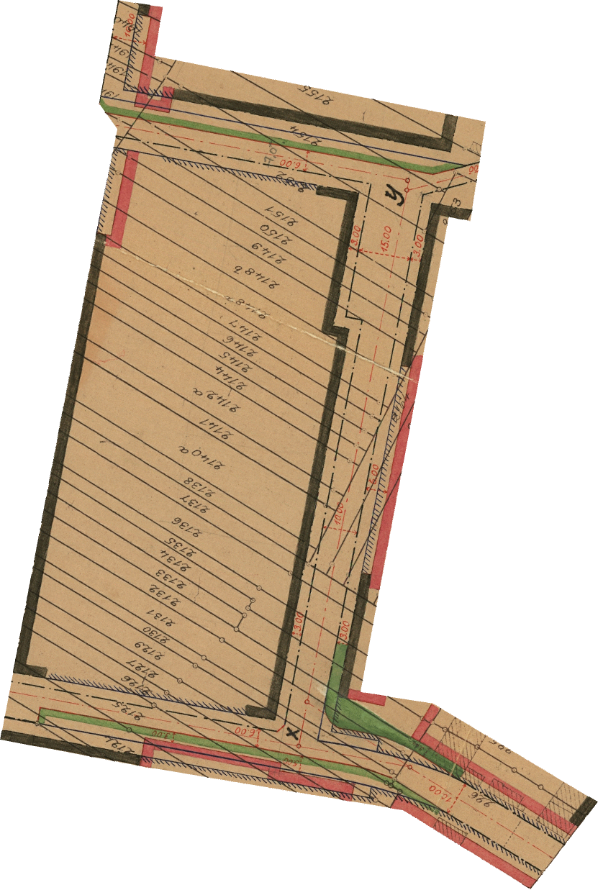
Der Bebauungsplan enthält die rechtsverbindlichen Festsetzungen für die städtebauliche Ordnung.
-
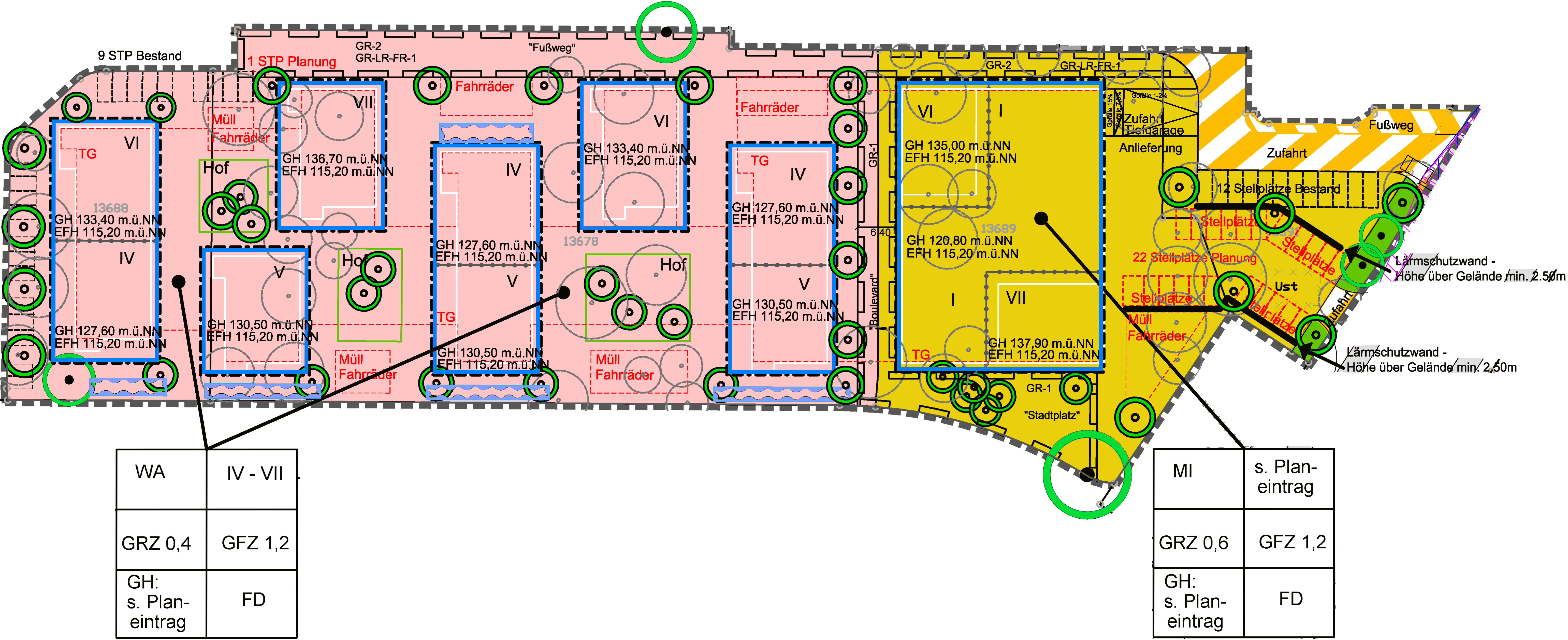
Der Bebauungsplan enthält die rechtsverbindlichen Festsetzungen für die städtebauliche Ordnung.
-
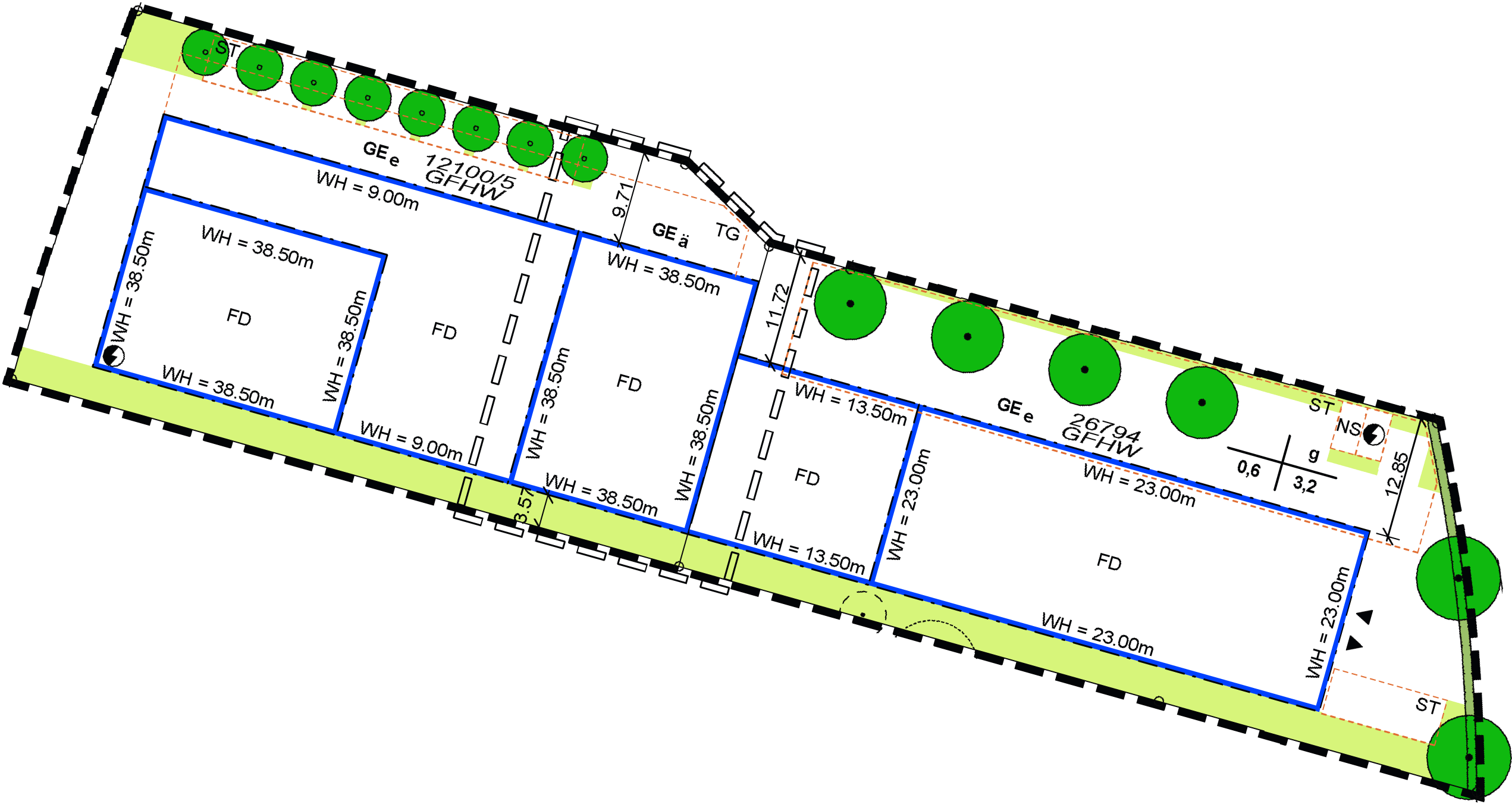
Der Bebauungsplan enthält die rechtsverbindlichen Festsetzungen für die städtebauliche Ordnung.
-
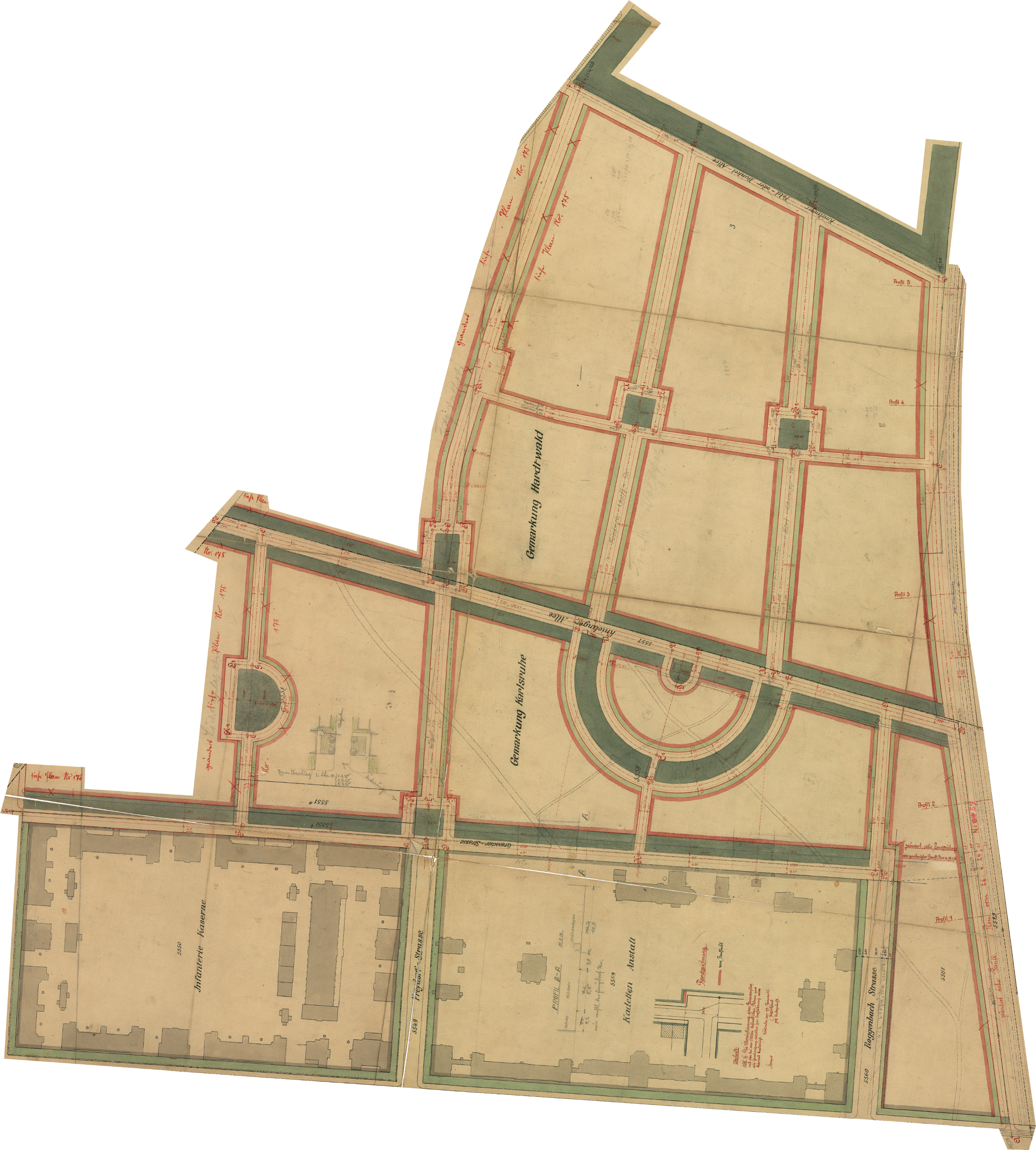
Der Bebauungsplan enthält die rechtsverbindlichen Festsetzungen für die städtebauliche Ordnung.
-
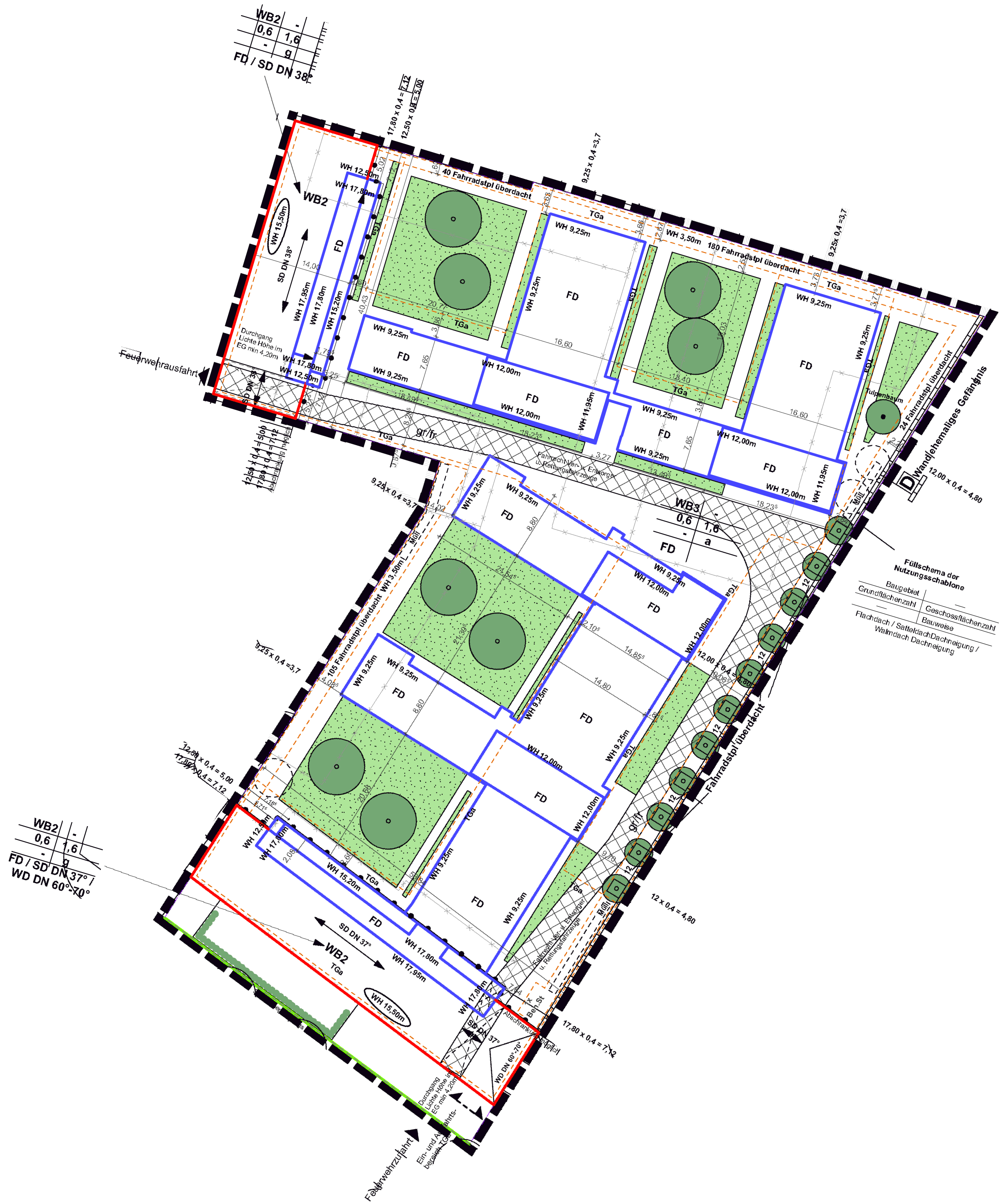
Der Bebauungsplan enthält die rechtsverbindlichen Festsetzungen für die städtebauliche Ordnung.
-
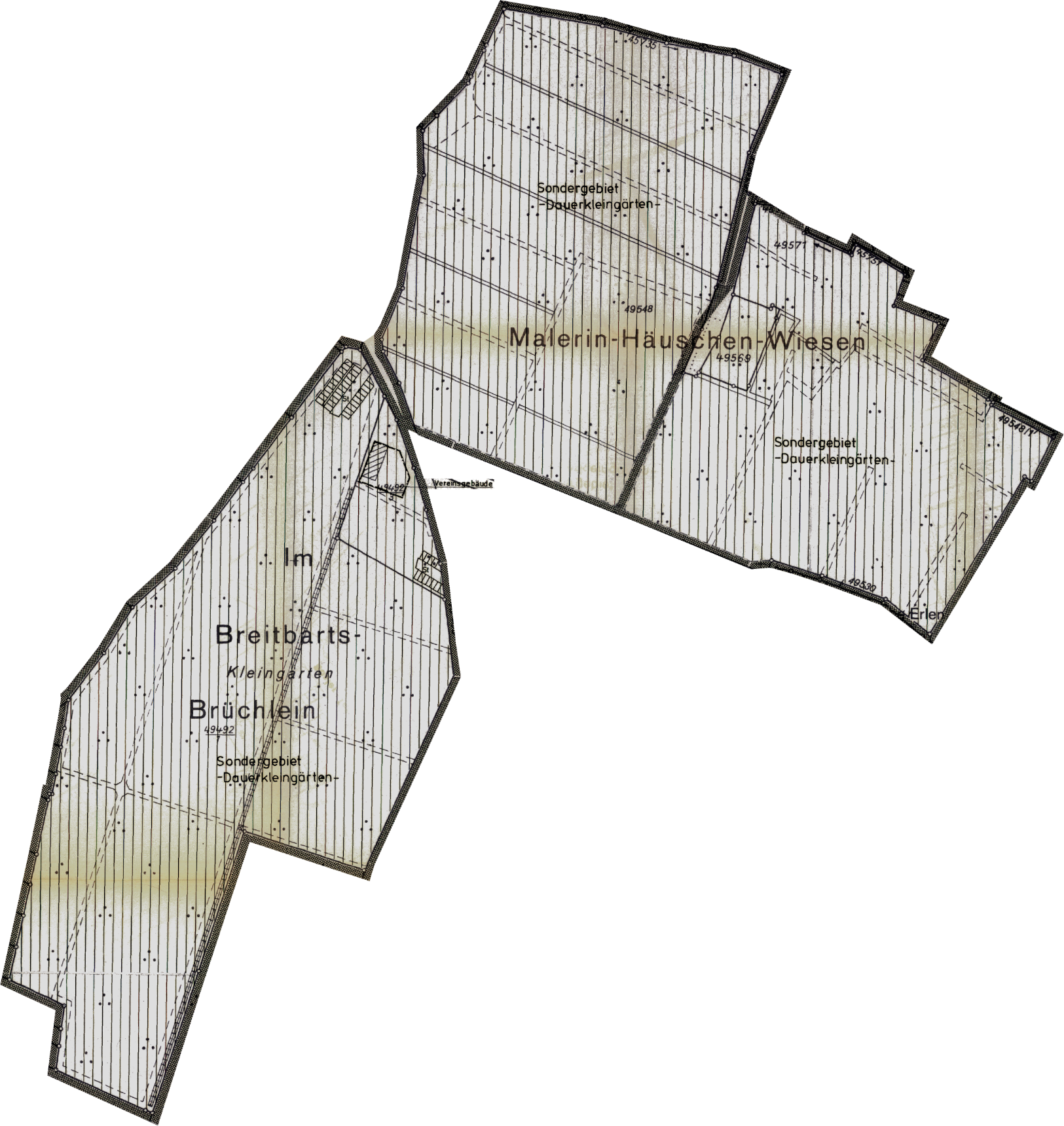
Der Bebauungsplan enthält die rechtsverbindlichen Festsetzungen für die städtebauliche Ordnung.
-
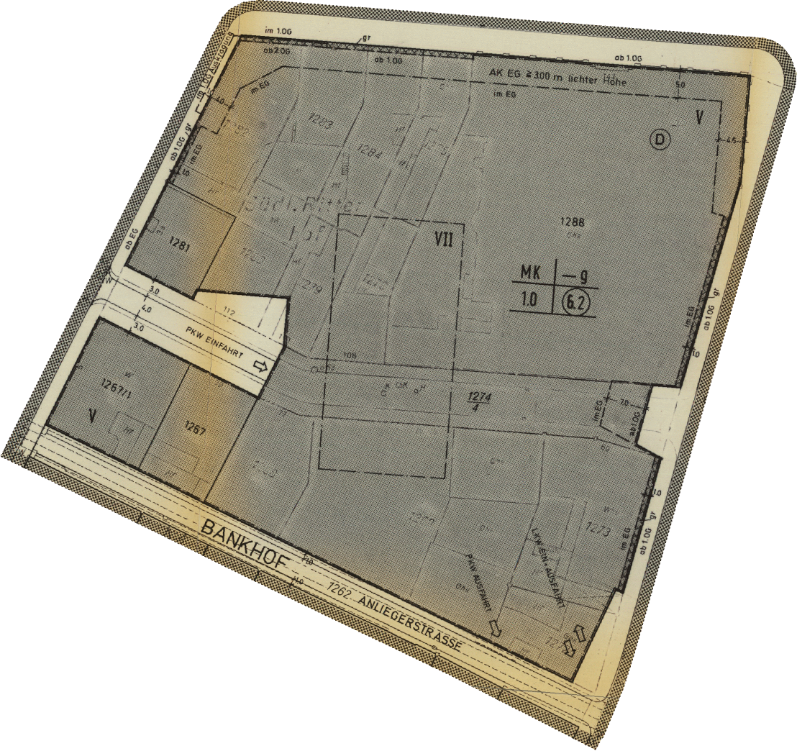
Der Bebauungsplan enthält die rechtsverbindlichen Festsetzungen für die städtebauliche Ordnung.
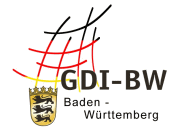 Metainformationssystem GDI-BW
Metainformationssystem GDI-BW